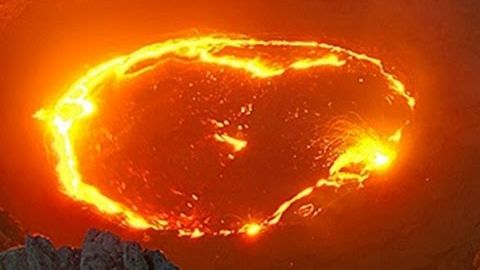你知道地球上最危險的地方在哪裡嗎? What's The Most Dangerous Place on Earth?
VoiceTube 發佈於 2013 年 06 月 27 日  沒有此條件下的單字
沒有此條件下的單字US /ɪnˈkrɛdəblɪ/
・
UK /ɪnˈkredəbli/
- adv.令人難以置信的是;難以置信地;非常地;令人難以置信地
US /ɪˈmidiɪtli/
・
UK /ɪˈmi:diətli/
US /ɪkˈstrim/
・
UK /ɪk'stri:m/
- adj.極端的;盡頭的;極端的;極端的
- n.最大程度的努力;極限;極端手段
- v.t.毀滅;破壞;使破産;使身敗名裂
- n. (c./u.)廢墟;毀滅;毀壞;(尤指經濟上的)崩潰;破產

